
New research found that the “fat-burning zone” on commercial exercise machines often doesn’t match individuals’ optimal heart rate for fat loss. Clinical exercise testing might offer more precise guidance for personalized weight loss goals.
New research highlights the constraints of commercial fitness equipment, underscoring the importance of a more personalized approach to exercise.
Researchers from the Icahn School of Medicine at Mount Sinai have discovered that the optimal heart rate for fat burning can vary among individuals, and frequently does not match the “fat burning zone” indicated on many commercial exercise machines.
The team suggests that clinical exercise testing, which evaluates a person’s physiological response to physical activity, could be more effective in helping people reach their fat loss objectives. Their findings, which used a machine learning model, were recently published in the journal Nutrition, Metabolism and Cardiovascular Disease.
“People with a goal of weight or fat loss may be interested in exercising at the intensity which allows for the maximal rate of fat burning. Most commercial exercise machines offer a ‘fat-burning zone’ option, depending upon age, sex, and heart rate,” says lead author Hannah Kittrell, MS, RD, CDN, a Ph.D. candidate at Icahn Mount Sinai in the Augmented Intelligence in Medicine and Science laboratory. “However, the typically recommended fat-burning zone has not been validated, thus individuals may be exercising at intensities that are not aligned with their personalized weight loss goals.”
Ms. Kittrell is also the Director of the Mount Sinai Physiolab, a clinical body composition and exercise physiology laboratory at Mount Sinai Morningside.
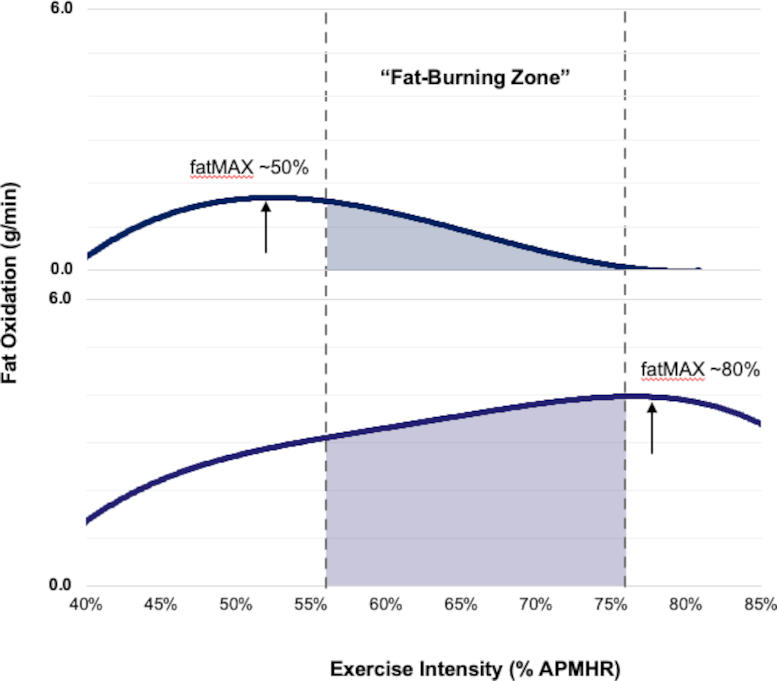
The study uncovered individual variations in fat burning during exercise. Graphs of two people’s fat-burning curves highlight differences in fat-burning rates at varying exercise intensities and demonstrate that fatMAX falls outside the predicted “fat-burning zone.” These variations underscore the need for personalized exercise plans. Credit: Hannah Kittrell, Mount Sinai Physiolab and AIMS Lab at Icahn Mount Sinai
The term FATmax is sometimes used to represent the exercise intensity and associated heart rate at which the body reaches its highest fat-burning rate during aerobic exercise. At this point, fat is a significant fuel source and therefore this intensity may be of interest to those seeking to optimize fat loss during workouts.
As part of the study, the researchers compared heart rate at FATmax, as measured during a clinical exercise test, to predicted heart rate at percentages of maximal effort within the typically recommended “fat-burning zone.” In a sample of 26 individuals, the researchers found that there was poor agreement between measured and predicted heart rate, with a mean difference of 23 beats per minute between the two measures. This suggests that general recommendations for a “fat-burning zone” may not provide accurate guidance.
Next, the researchers plan to study whether individuals who receive a more personalized exercise prescription demonstrate more weight and fat loss, as well as improvement of metabolic health markers that identify health risks like type 2 diabetes, obesity, and heart disease.
“We hope that this work will inspire more individuals and trainers to utilize clinical exercise testing to prescribe personalized exercise routines tailored to fat loss. It also emphasizes the role that data-driven approaches can have toward precision exercise,” says senior author Girish Nadkarni, MD, MPH, Irene and Dr. Arthur M. Fishberg Professor of Medicine at Icahn Mount Sinai, Director of The Charles Bronfman Institute of Personalized Medicine, and System Chief, Division of Data-Driven and Digital Medicine, Department of Medicine.
Reference: “Discrepancy between predicted and measured exercise intensity for eliciting the maximal rate of lipid oxidation” by Hannah D. Kittrell, Fred J. DiMenna, Avigdor D. Arad, Wonsuk Oh, Ira Hofer, Ryan W. Walker, Ruth J.F. Loos, Jeanine B. Albu and Girish N. Nadkarni, 15 July 2023, Nutrition, Metabolism and Cardiovascular Diseases.
DOI: 10.1016/j.numecd.2023.07.014

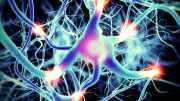

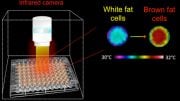
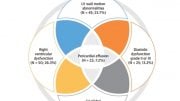
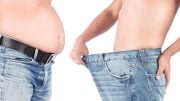



Be the first to comment on "Unlocking Optimal Fat Burn: Why Your Exercise Machine Might Be Misleading You"